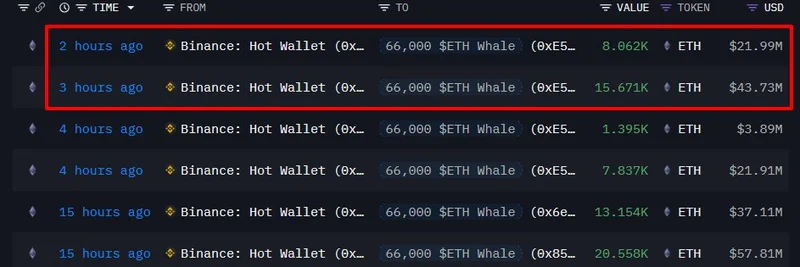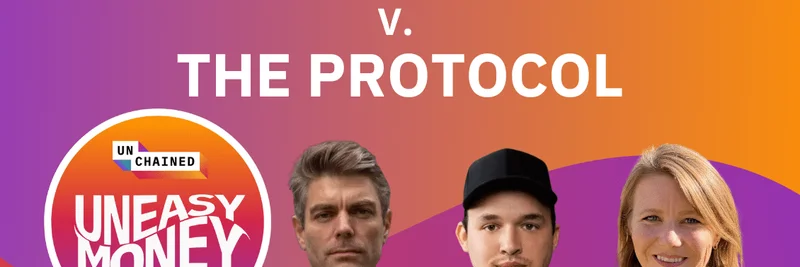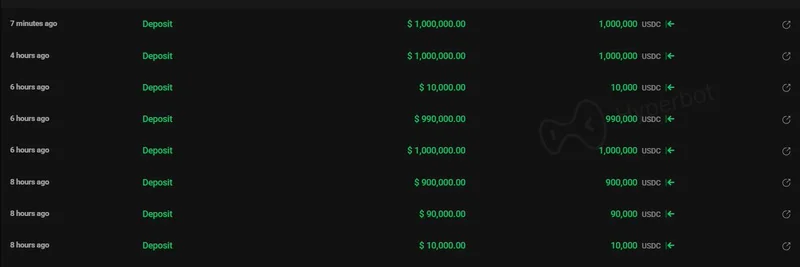Pumpfun, the popular Solana-based platform for launching meme coins, has rolled out an exciting new feature called Mayhem Mode. Shared via a recent tweet from BSC News, this update promises to shake up how new tokens get off the ground. If you're into meme tokens, this could change the game for creators and traders alike. Let's dive into what it's all about.
Understanding Mayhem Mode
At its core, Mayhem Mode is an experimental tool on Pumpfun that introduces an AI trading agent to interact with newly launched coins right from the start. When a creator enables this during launch, the AI jumps in for the first 24 hours, buying and selling to create buzz and help with price discovery. It's like having a built-in market maker that doesn't cost extra fees—perfect for small projects struggling to gain traction.
This feature ties into Pumpfun's broader initiative, Project Ascend, aimed at making launches more sustainable without needing external help. For those new to the term, price discovery is basically the process where the market figures out a fair value for a token through buying and selling activity.
Breaking Down the Mechanics
Here's how it operates step by step. First, when you launch a coin with Mayhem Mode on, you get your standard billion tokens. But the AI mints another billion just for itself—these aren't for distribution but purely for trading purposes, doubling the total supply temporarily to two billion.
The AI then engages in what's called a "random walk" of trades: it buys and sells with equal chance, but with limits on how much SOL it can use, the size of sells, and how many trades it makes in a given time. Importantly, it skips protocol fees, and any small profits go to an insurance fund.
After 24 hours, whatever tokens the AI still holds get burned forever, reducing the supply back down. If anyone sends tokens to the AI's wallet during this window, those get burned too at the end. This burn mechanism helps prevent dilution and keeps things tidy.
The Upsides for Meme Coin Enthusiasts
For creators, especially those without a huge following, Mayhem Mode levels the playing field. It injects early activity, making the market look lively and attracting real traders. Think sharper price movements, quicker reversals, and more bot involvement— all of which can lead to faster liquidity buildup.
Traders benefit from more opportunities to spot winners early. Higher volume means better data to work with, and it could increase the chances of a project breaking out. Early analyses, like one from Solana Level Up, describe it as trading in a "live arena," with fast-paced action that keeps things exciting.
Potential Drawbacks to Watch
Of course, no innovation is without risks. One big concern is liquidity—if the AI sells heavily and others follow, it might drain the bonding curve, making it hard for holders to exit. (A bonding curve, by the way, is the algorithm that sets token prices based on supply in the pool.)
Volatility spikes too, with prices swinging wildly in seconds. This isn't ideal for buy-and-hold strategies; it's more for active traders who can handle the noise. Data so far shows only a slight uptick in daily launches, and revenue dips have affected PUMP token buybacks. Plus, the AI's activity might look like wash trading to some, even though it's platform-controlled.
What This Means for the Meme Token Ecosystem
In the broader world of meme coins, features like Mayhem Mode highlight how platforms are using AI to foster growth. Solana's ecosystem, already buzzing with quick and cheap transactions, gets another edge here. For blockchain practitioners, it's a reminder to stay updated on tools that can amplify your projects.
If you're launching on Pumpfun, consider toggling Mayhem Mode for that extra kickstart. Just remember to DYOR—do your own research—and manage risks accordingly. Check out the full breakdown on BSC News for more details, as shared in the original tweet.
As meme tokens continue to evolve, innovations like this could make the space more accessible and dynamic. What's your take—game-changer or just hype?



